Where would the world be without chocolate? How could James Bond save the day if the ejector seat had never been invented?
These are just some of the key inventions and contributions to society made by Irish people throughout history.
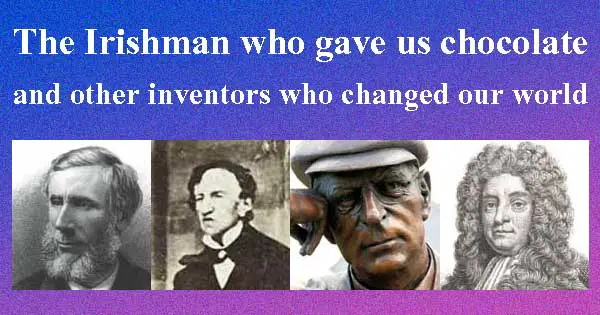
Epic Ireland, the digital museum in Dublin, has composed a list of great Irish people who you may not be aware of, and the impact their achievements had on the world.
[nextpage title=”Sir Hans Sloane” ]
Sir Hans Sloane – invented milk chocolate
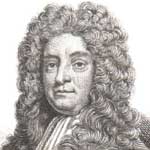
The Co Down born physician worked for the British Navy in the 17th century. During one campaign in the Caribbean he sampled the local cocoa drink. Sloane reportedly find it nauseating but saw its potential and tried adding milk to soften the taste.
He sold his drinking chocolate as a medicine in England before its delicious taste was recognised by the Cadbury brothers who began selling Sloane’s recipe in the 19th century.[/nextpage]
[nextpage title=”John Tyndall” ]
John Tyndall – explained why the sky is blue
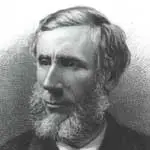
John Tyndall was the first man to explain why the sky is blue. And why the planet doesn’t simply freeze over. The Co Carlow scientist discovered that the sky appears blue because of air particles scatter the blue light from the sun more than they do other colours.
Tyndall was also one of the first to understand that the greenhouse effect was caused by certain gases. He once famously said: “Without water vapour, the earth’s surface would be held fast in the iron grip of frost.”[/nextpage]
[nextpage title=”Harry Ferguson” ]
Harry Ferguson – invented the tractor
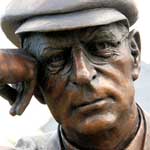
Harry Ferguson was an engineer from Co Down. He had a passion for aviation and was the first Irishman to build and fly his own plane. His real success though was the modern tractor. Previously, the car and plough had been separate units which were awkward and dangerous.
Ferguson developed the single unit tractor, and after a few setbacks, he found the perfect design and it became a huge success, with American car company Ford mass producing it.
Ferguson also had a passion for motor racing and designed the first four wheel drive Formula One car.[/nextpage]
[nextpage title=”James Hoban” ]
James Hoban – designed the White House
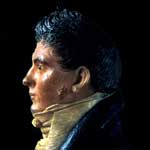
The most famous building in the world – the White House – was designed by Irish architect James Hoban. The Kilkenny man moved to Washington after the American Revolution and actually won a competition to design the White House.
He based his design on that of Leinster House, the government base in Dublin. Hoban also contributed to the design of the United States Capitol building.[/nextpage]
[nextpage title=”Joseph ‘Spud’ Murphy” ]
Joseph ‘Spud’ Murphy – added flavour to crisps
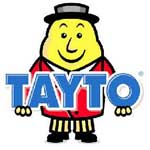
Believe it or not, but crisps used to only come in the basic flavour of plain and ready salted. That was until the 1950s when innovative Dublin man Joseph Murphy started creating batches of crisps and adding flavours to them.
Some of his biggest successes included slat and vinegar, cheese and onion and barbecue. Murphy went on to start his own brand of crisps, the iconic Taytos.[/nextpage]
[nextpage title=”Sir James Martin” ]
Sir James Martin – invented the ejector seat

Sir James Martin was devastated when his business partner was killed in a plane crash. So much so, that he dedicated himself to inventing an ejector seat which could save lives in the future.
The Co Down man was confident in his design but by 1945 it had still only been tested using crash test dummies. Bernard Lynch was the first brave person to test it for real, and thankfully, the ejector seat worked perfectly and he survived.[/nextpage]
[nextpage title=”Peter Rice” ]
Peter Rice – built the Sydney Opera House
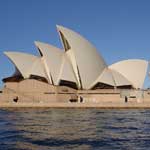
Peter Rice was a structural engineer from Co Louth. He moved to Australia and was assistant to the man responsible for building the Sydney Opera House. However, Rice was quickly promoted after his boss became ill and oversaw the construction of one of the world’s most iconic building whilst still only in his twenties.
Rice was also responsible for the designs of The Louvre, Stansted Airport and the glass front of Dublin’s CHQ building. In his obituary, Rice was described as “the James Joyce of structural engineering”.[/nextpage]
[nextpage title=”Dr James Barry” ]
Dr James Barry (Margaret Ann Bulkey) – performed first successful Caesarian
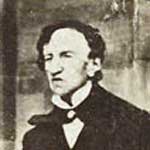
Dr James Barry was a renowned surgeon in the British Army and treated soldiers all around the world in various challenging conditions.
The Dubliner’s most notable achievement was being the first British doctor to perform a successful Caesarian operation in which both mother and child survived.
Barry died in 1865, and it was only then that it was discovered that Dr Barry was actually female. It is believed Margaret Ann Bulkey decided to live her life as a man in order to pursue her dream of studying medicine and becoming a surgeon.[/nextpage]
newsletter.html”]
